
Why do fingers wrinkle when soaked in water?
Why Do Fingers Wrinkle When Soaked in Water?
Many people notice that after spending some time in water—whether swimming, bathing, or washing dishes—the skin on their fingers and toes begins to wrinkle. This phenomenon might seem like a simple consequence of the skin absorbing water and swelling, but scientific research has shown that the process is more complex and involves our nervous system. Understanding why this happens reveals interesting insights into human biology and evolution.
The Traditional Explanation: Water Absorption
For many years, the common belief was that fingers wrinkle simply because the outer layer of the skin, called the stratum corneum, absorbs water and swells. Since this layer expands unevenly, it creates wrinkles or ridges. This explanation, however, doesn’t fully explain the observations from scientific studies.
The Modern Understanding: Nervous System Control
In the late 20th century, researchers discovered that finger wrinkling is not just a passive process caused by water soaking into the skin but an active response controlled by the autonomic nervous system. This is the part of the nervous system responsible for involuntary actions such as regulating heart rate, digestion, and sweating.
Here is how the process works:
-
Water Exposure and Nerve Stimulation:
When the skin on your fingers is immersed in water, sensory nerves in the skin detect the change in environment. -
Vasoconstriction of Blood Vessels:
These nerves trigger the constriction of small blood vessels beneath the skin—a process called vasoconstriction. This reduces blood volume in the fingertips. -
Skin Shrinks and Wrinkles Form:
The loss of volume under the skin causes the skin to contract and pull inward, forming the characteristic wrinkles or folds. -
Nerve Damage Stops Wrinkling:
Supporting this mechanism, studies have shown that people with nerve damage in their fingers do not experience wrinkling when soaking their hands in water. This confirms the active, nerve-dependent process rather than a purely physical swelling of skin cells.
Why Do Our Fingers Wrinkle? The Evolutionary Advantage
One fascinating question is why humans have developed this ability to wrinkle their fingers underwater. Scientists propose that finger wrinkling is an evolutionary adaptation that improves grip on wet or submerged objects.
-
Improved Traction:
Much like the treads on car tires channel water away to improve contact and grip on wet roads, the wrinkles on fingers help channel water away and increase friction. This makes it easier to hold slippery objects or maintain a stable grip underwater. -
Experimental Evidence:
Research published in 2013 tested participants' ability to handle wet and dry objects with wrinkled and non-wrinkled fingers. It showed that wrinkled fingers significantly improved grip efficiency on wet surfaces but did not affect grip on dry surfaces. -
Survival Implications:
Early humans who could better grip wet stones or plants may have had a survival advantage when gathering food or crafting tools in wet environments, leading to this trait being naturally selected over time.
Additional Interesting Facts
-
Timeframe for Wrinkling:
It typically takes about 5 minutes of water immersion for fingers to start wrinkling, with wrinkles becoming more pronounced over 10 to 30 minutes. -
Not Just Fingers and Toes:
While fingers and toes are most noticeable, wrinkling can also occur on other parts of the body that are immersed in water but is much less prominent. -
Wrinkling and Temperature:
The extent of wrinkling may also depend on water temperature, with warm water sometimes accelerating the process. -
Medical Uses:
Testing finger wrinkling can serve as a simple clinical tool to assess autonomic nerve function in patients suspected of nerve damage.
Summary
In summary, finger wrinkling after water exposure is an active, neurologically controlled response designed to improve our grip in wet conditions. It’s a remarkable example of how the human body has evolved subtle adaptations to enhance function and survival. So next time your fingers wrinkle after a swim or bath, remember it’s not just a quirky quirk—it’s your body helping you hold on tight!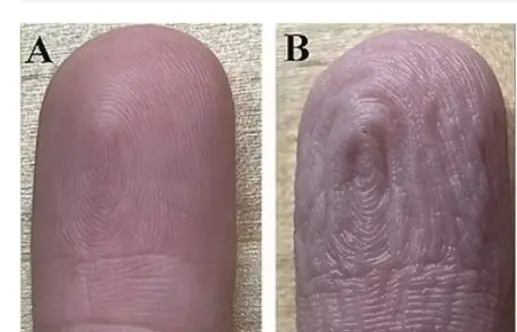
News in the same category

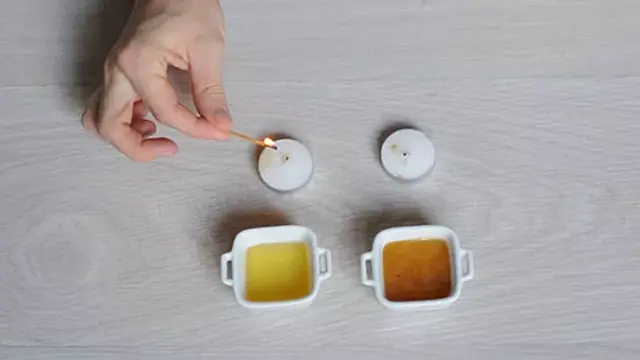
6 Smart Tips for Choosing Quality Honey Sellers Don’t Want You to Know
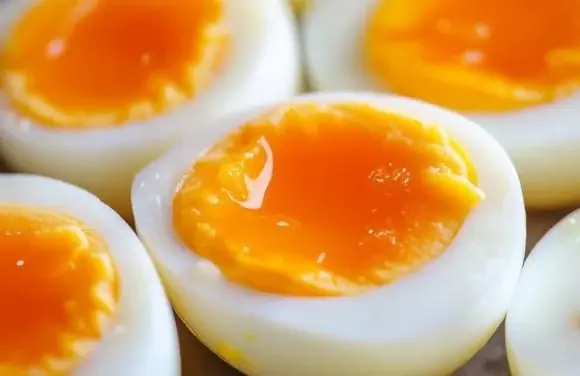
Doctors Warn: This Common Way of Eating Boiled Eggs Can Clog Your Arteries
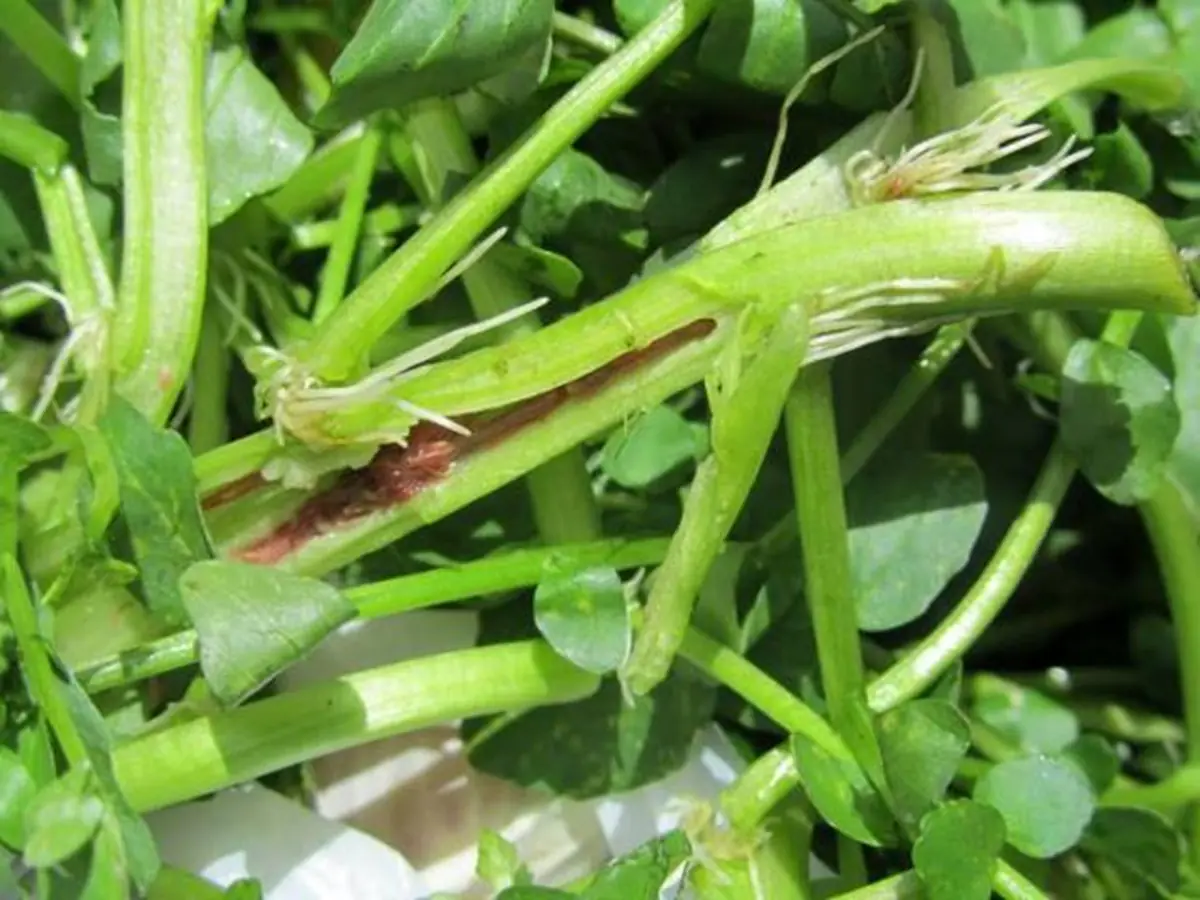
2 Common Vegetables That Can Harbor Parasites

The 'Vitamin C King' of the Vegetable World
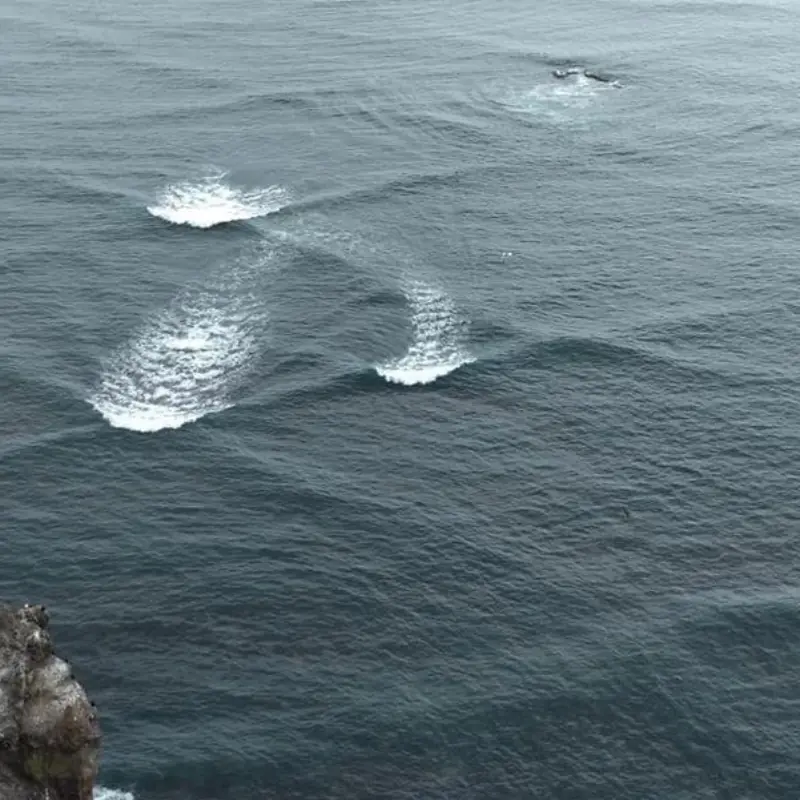
Avoid Swimming If You Spot 'Square Waves'
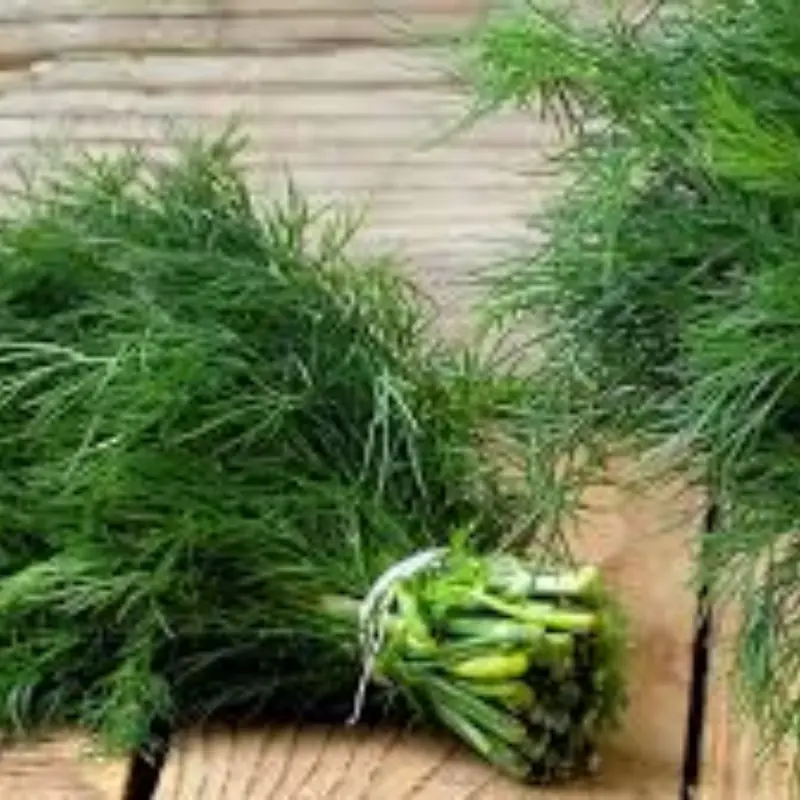
3 Green Vegetables Called the “King” of Sto.mach Protection
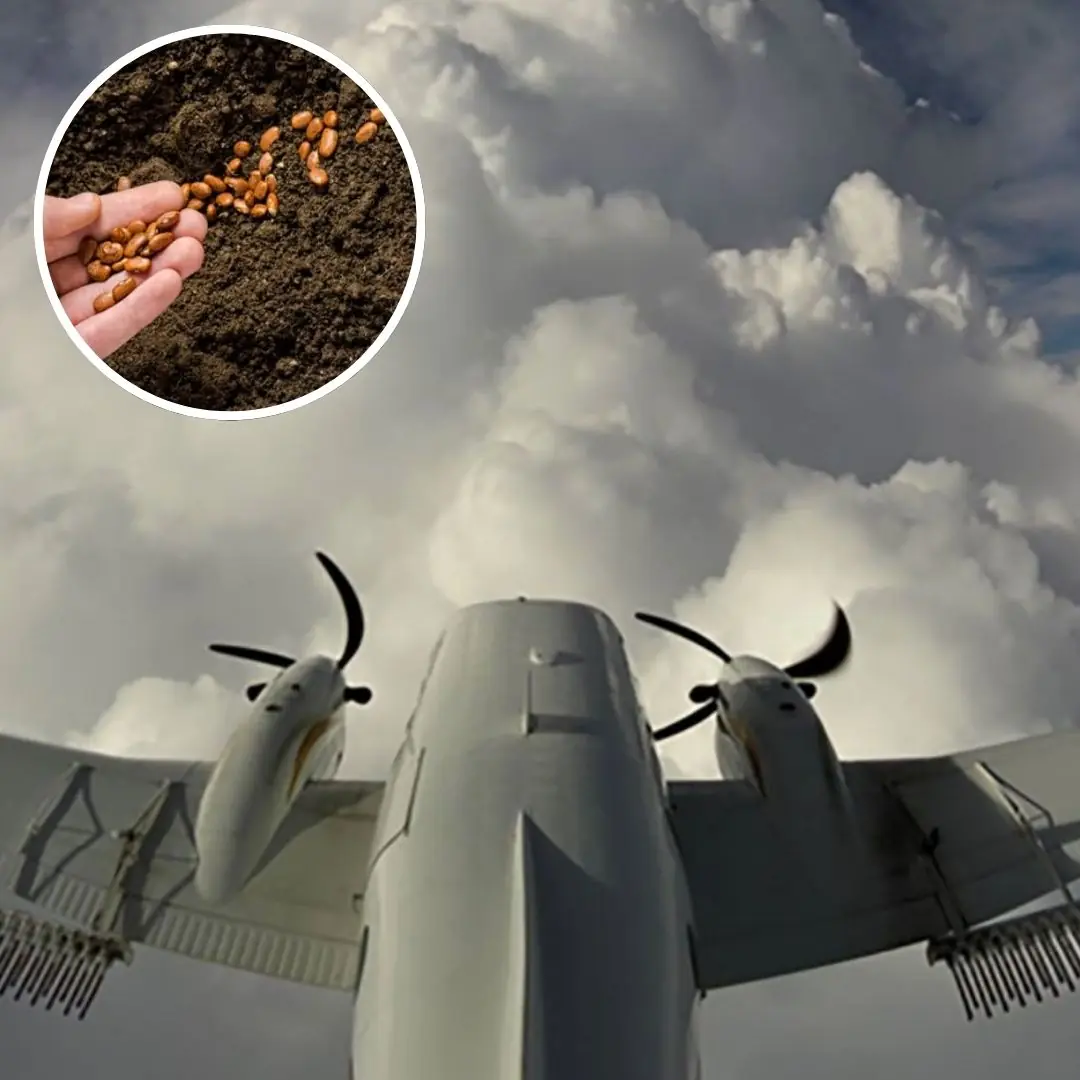
Why You Should Not Bring Seeds on a Plane: A Detailed Explanation

10 Powerful Reasons a Simple Smile Can Change Your Life

3 Common Mistakes in Storing Watermelon During Summer

When Buying Oysters, Avoid These 3 Types
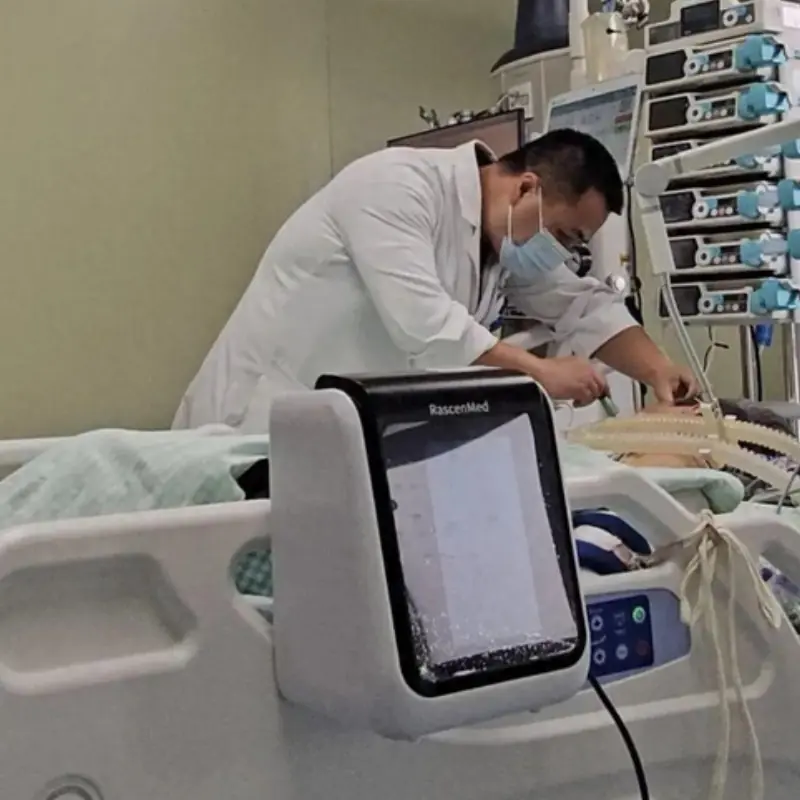
Woman Suddenly Suffers Kid.ney Failure After a Meal

Why Dogs and Cats Often Hate Each Other—Most People Don’t Know This

4 Morning Habits That Increase Str.oke Risk—Avoid Them at Any Age
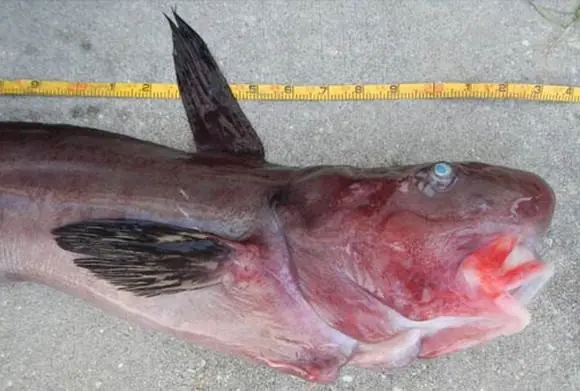
Smart Shoppers Avoid These 3 Types of Fish at the Market

Not a snake, this is the "kil.ler" that can crawl out of your air conditioner

Doctors Discovered 6 Morning Habits Shared by Most Can.cer Patients
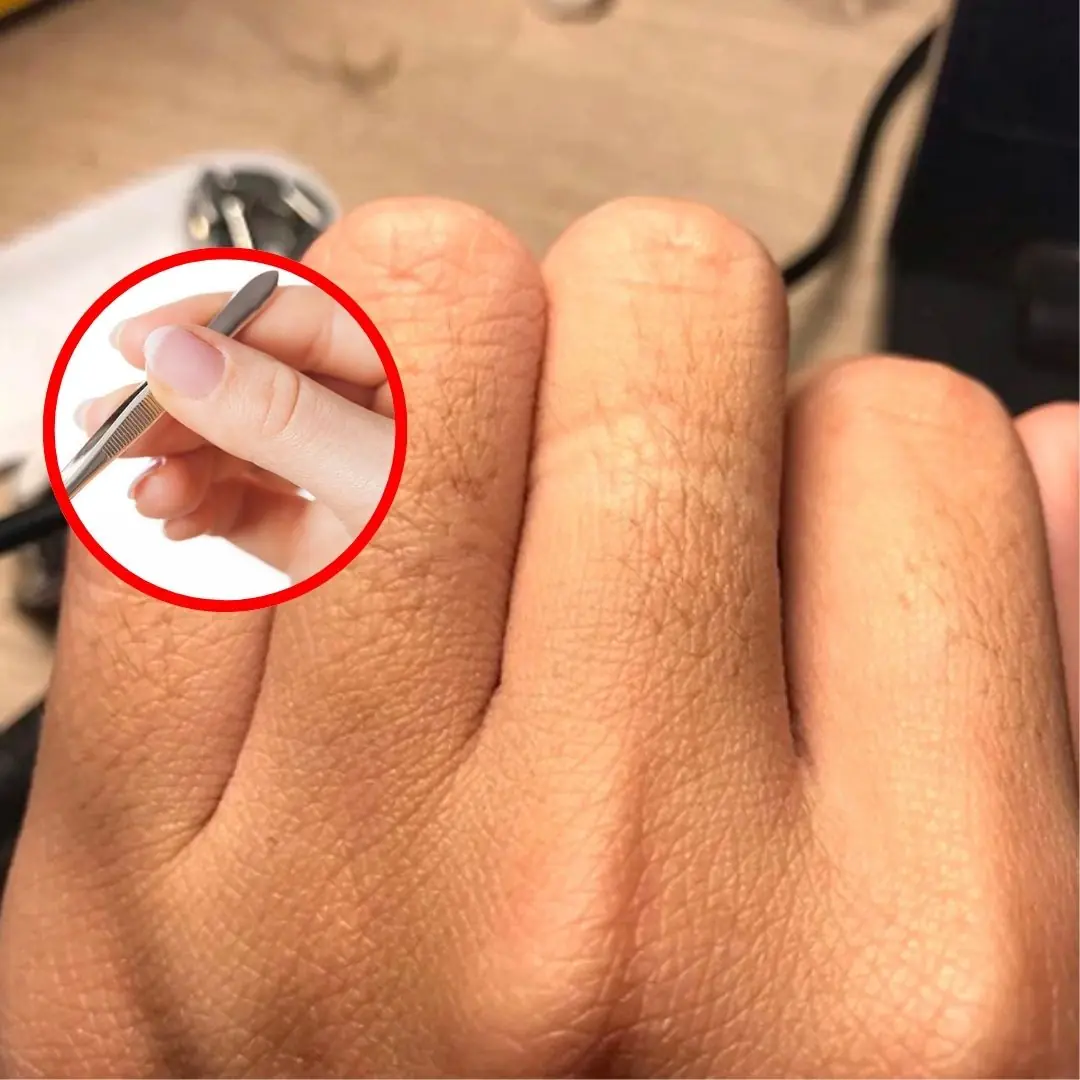
Why do women grow a lot of hair on their fingers?
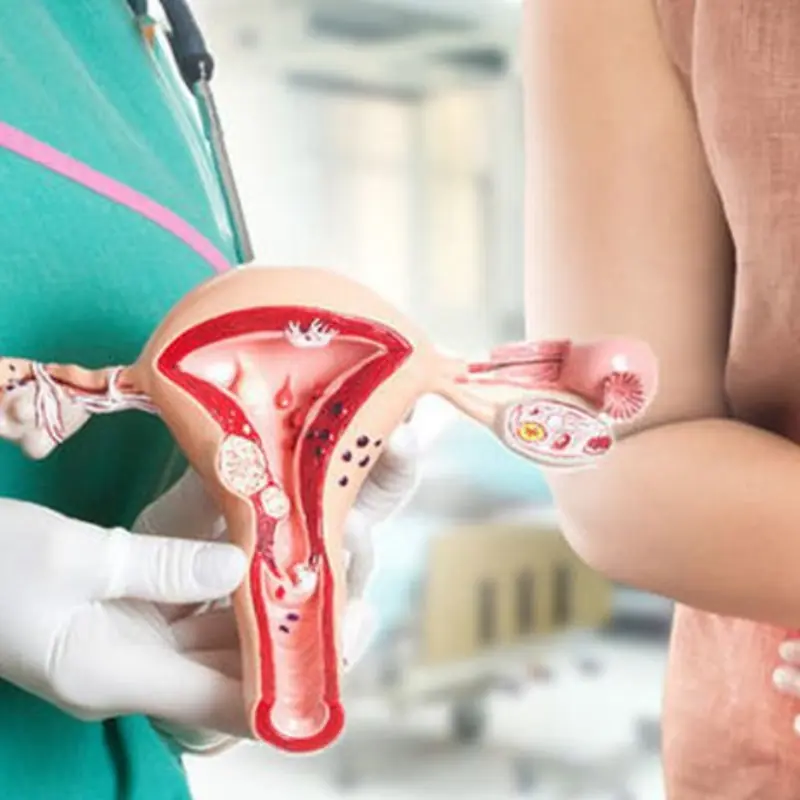
20 Signs of Can.cer That Women Often Ignore

4 things you do in the morning that bring you closer to a str.oke
News Post

The Most Nutritious Part of the Chicken—“Pricier than Gold” Yet Often Thrown Away by Home Cooks
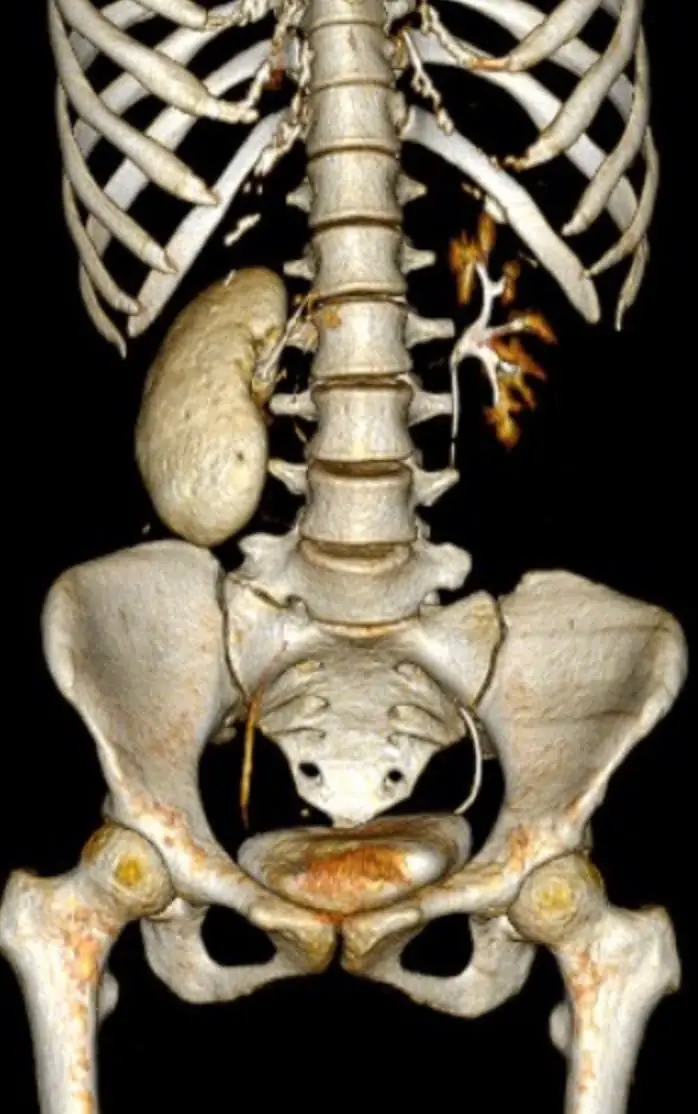
Doctor Urges 4 Actions to Protect Your Body’s "Blo.od Filter"

6 Smart Tips for Choosing Quality Honey Sellers Don’t Want You to Know
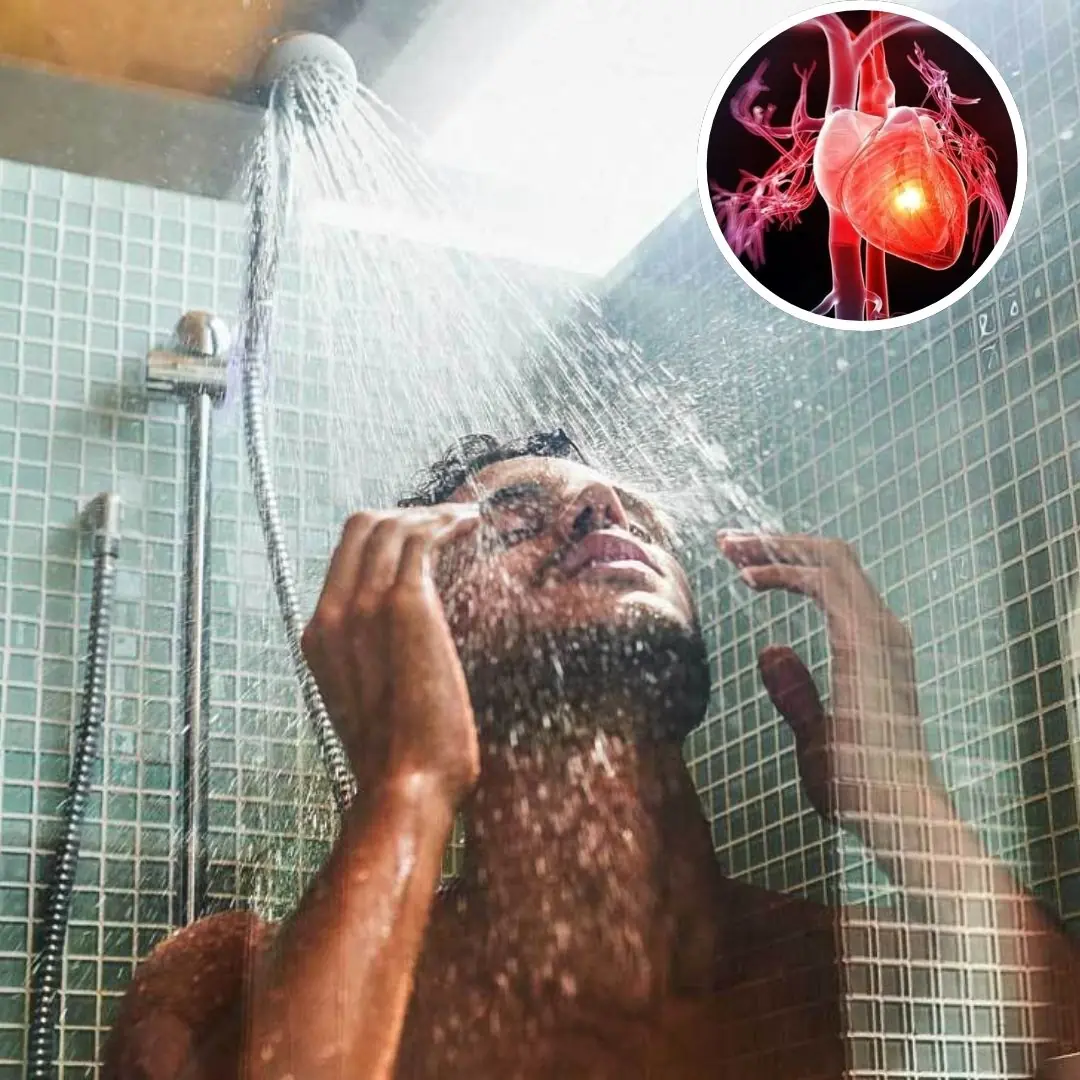
Can overly hot baths harm your heart and circulation?

7 signs of brain c.a.ncer that are easily confused with other diseases

4 Things to Avoid After 5 PM to Lower Your Risk of Stro.ke

Doctors Warn: This Common Way of Eating Boiled Eggs Can Clog Your Arteries
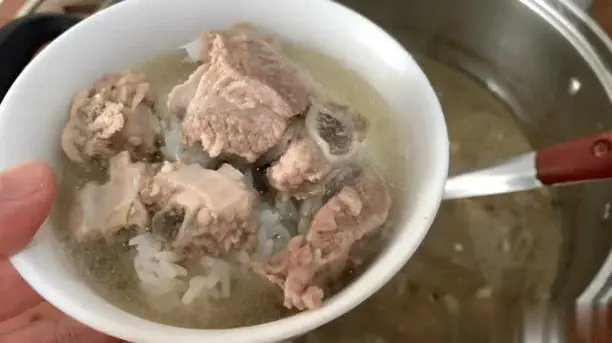
Blanch Bones First or Simmer Directly?

2 Common Vegetables That Can Harbor Parasites

The 'Vitamin C King' of the Vegetable World

Avoid Swimming If You Spot 'Square Waves'

3 Green Vegetables Called the “King” of Sto.mach Protection

Why You Should Not Bring Seeds on a Plane: A Detailed Explanation
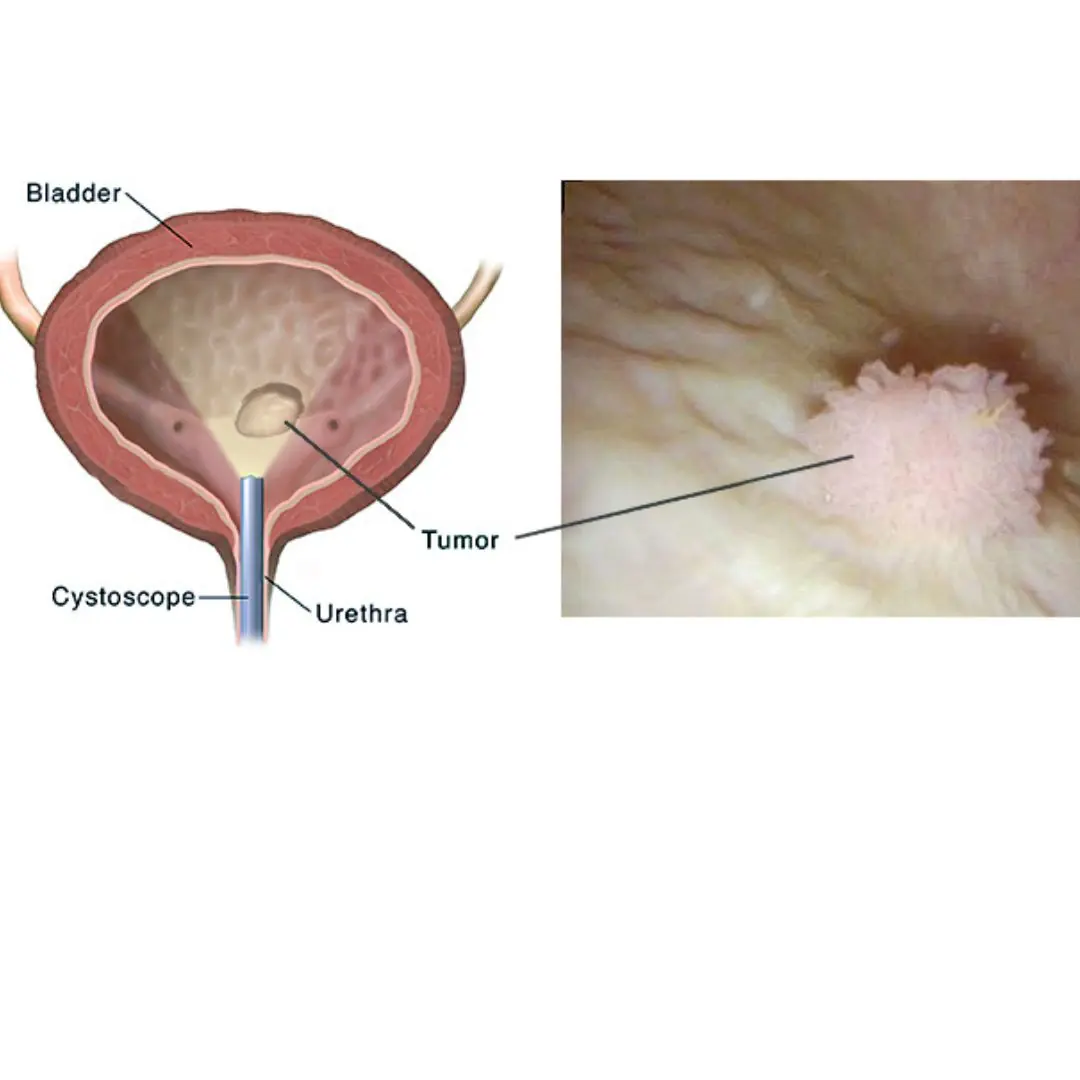
Bladder Ca.ncer: Symptoms You Shouldn’t Ignore
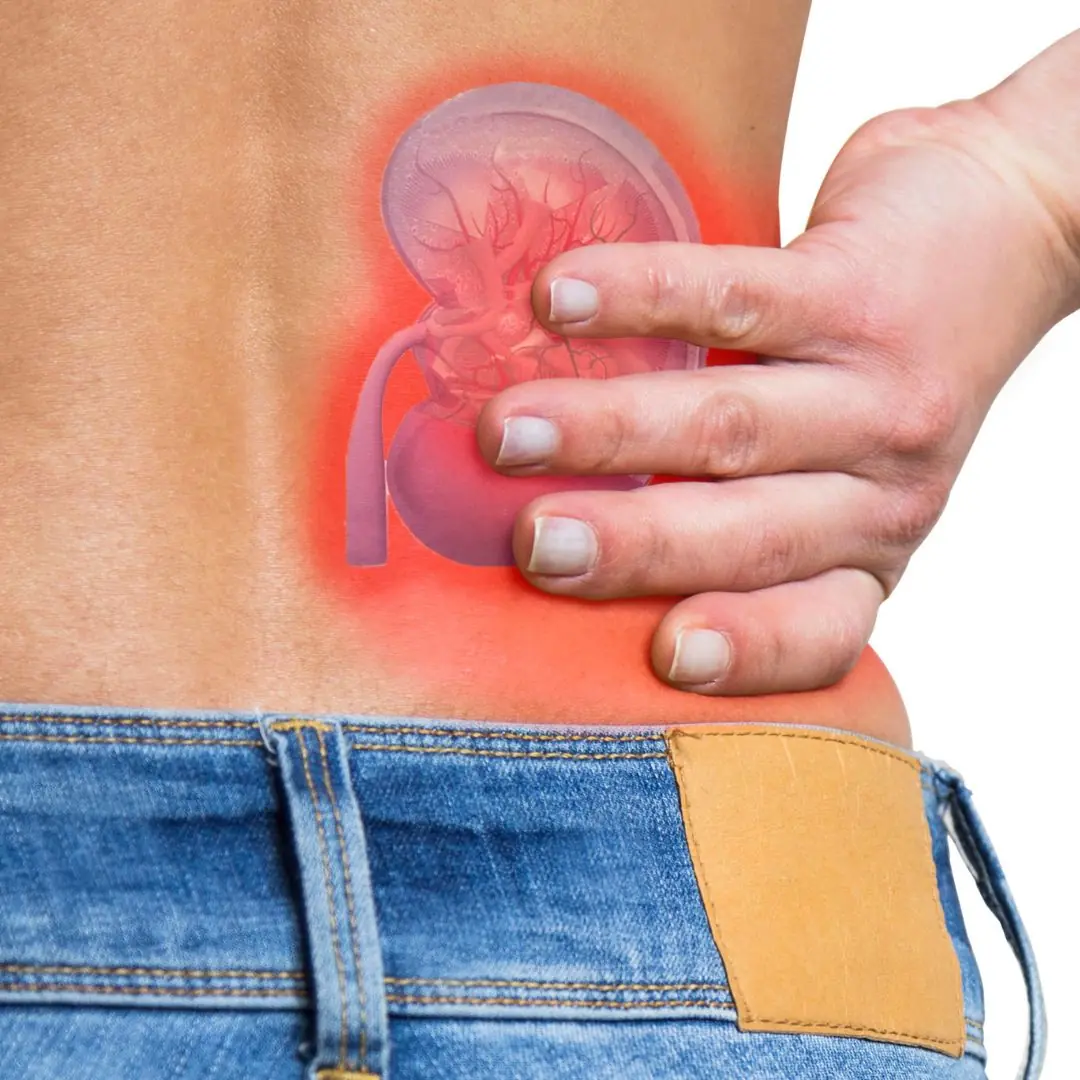
4 Healing Drinks to Prevent and Dissolve Kidney Stones

10 Powerful Reasons a Simple Smile Can Change Your Life

The Surprising Benefits of Donating Bl.o.od
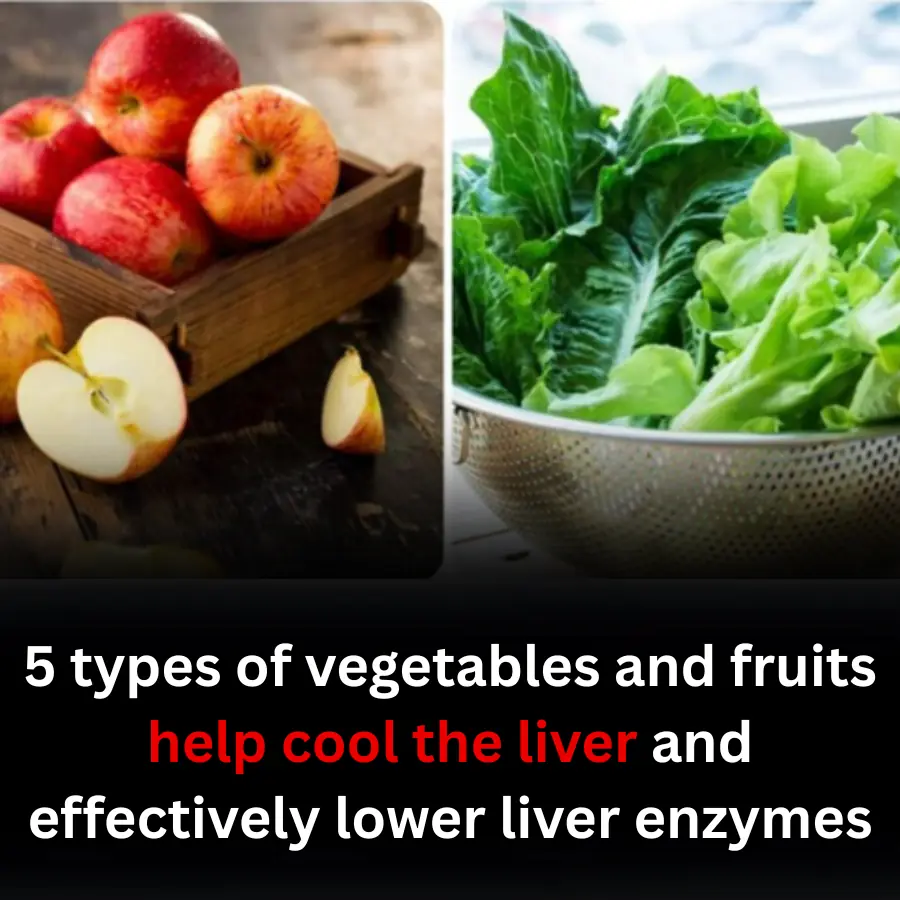
5 types of vegetables and fruits help cool the liver and effectively lower liver enzymes

Top vegetable to help reduce visceral fat extremely effectively, nutritionist reveals 4 more easy ways to lose weight
